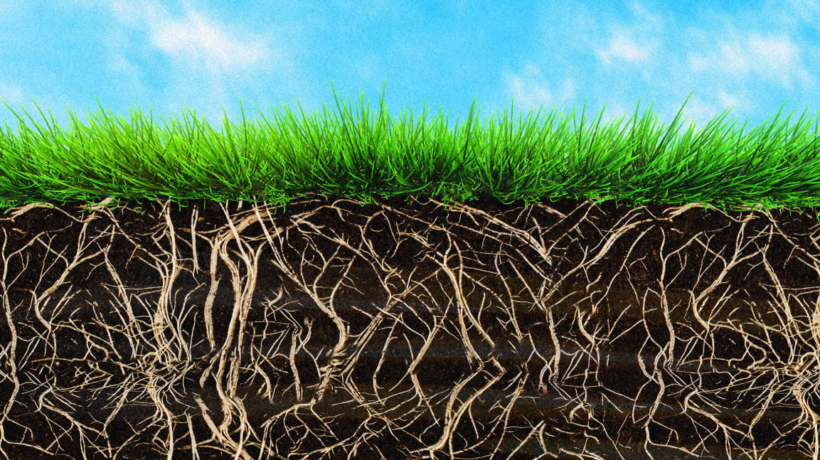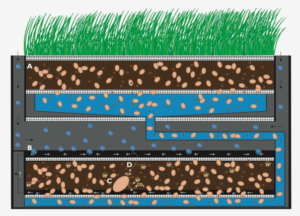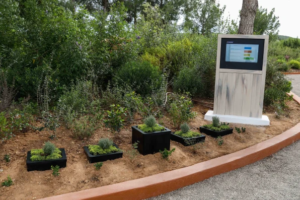In a park on the Spanish island of Ibiza, a prototype for new renewable energy isn’t a huge spinning turbine or a field of solar panels. Instead, it’s partially hidden underground: A biological battery that is generating energy from the soil itself.
There are several advantages, Vidarte says. “You have an energy source that’s producing electricity during daytime and nighttime,” he says. “So it’s 24-7 production of energy. It doesn’t matter if it’s raining or snowing, it will produce the same amount of energy.” Unlike a large solar farm that might displace nature—as in South Korea, where 2 million trees have been cut down in recent years to make room for solar panels—the biological panels can work without impacting plants growing in a field. The technology uses materials (such as graphite) that are more abundant than those used in solar panels, so when mass-manufactured, it could potentially compete on price, though the startup is only beginning to collect data about how much energy the panels can generate.
One of the first places the tech will be used is on farms, where biological batteries can power sensors that gather data like humidity and pH of the soil, mapping out the field so farmers can optimize the conditions for growing crops. (Right now, this type of sensor usually uses traditional batteries that are less sustainable, and that have to be continually replaced.) The sensors could eventually also be used to measure other factors like the amount of carbon stored in soil—a crucial data point as farmers using regenerative agriculture techniques aim to earn carbon credits for fighting climate change. Larger panels, like the ones installed in the Ibiza park, can be used to power lighting.
The company, which is also working on more experimental technology that turns plants into switches that activate light or sound, expects to bring the Bioo Panels to the market by the end of 2021 or early 2022.
______________________________________________________________________________________________________________________________________
Article originally published on fastcompany.com









